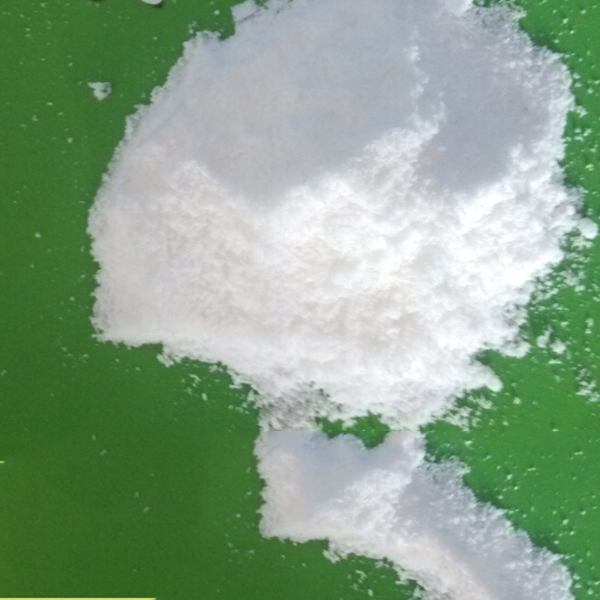
News
Дек . 11, 2024 01:42 Back to list
Exploring the Role of Chelating Agents in Modern Chemistry and Environmental Science
Chelating Substances An Overview of Their Importance and Applications
Chelating substances, or chelators, play a crucial role in various scientific fields, including chemistry, biology, and medicine. These compounds possess the unique ability to form complex structures with metal ions, a process known as chelation. The term chelate is derived from the Greek word chēlē, meaning claw, which aptly describes how these substances grasp and bind metal ions. This feature makes chelators indispensable in numerous applications, from environmental remediation to medical treatments.
The Mechanism of Chelation
At the molecular level, chelation involves the formation of chelate complexes. A chelator typically contains multiple binding sites, which allow it to attach to a metal ion at several points simultaneously. This multi-point attachment results in a stable ring-like structure, effectively trapping the metal ion. Common chelating agents include ethylenediaminetetraacetic acid (EDTA), dimercaptosuccinic acid (DMSA), and some naturally occurring compounds such as hemoglobin and chlorophyll.
The strength of the bond between the chelator and the metal ion is determined by several factors, including the type of metal, the structure of the chelator, and environmental conditions. This versatility is what allows chelators to be used in a wide range of applications.
Applications of Chelating Substances
1. Medical Applications Chelating agents play a vital role in medicine, particularly in the treatment of heavy metal poisoning. For example, agents like EDTA are used to treat lead poisoning by binding to lead ions, which enhances their excretion from the body. Another notable example is the use of DMSA in treating mercury poisoning. Chelators help reduce the toxic effects of these metals by promoting their elimination before they can cause severe damage to organs.
2. Agricultural Uses In agriculture, chelators are employed to enhance nutrient uptake by plants. Many essential micronutrients, such as iron, manganese, and zinc, are present in soil but often in forms that plants cannot absorb. Chelating agents can solubilize these metals, making them more bioavailable. This method not only improves crop yield but also minimizes the environmental impact of fertilizers by reducing the likelihood of nutrient runoff.
chelating substances

3. Industrial Applications The industrial sector extensively utilizes chelators for various processes. In the textile and paper industries, chelators help prevent the precipitation of metal ions that can interfere with production processes. Moreover, chelating agents are used in water treatment to remove heavy metals and other contaminants, ensuring the quality of water for public use.
4. Environmental Remediation Chelating agents are vital in environmental science for remediating polluted sites. They can extract heavy metals from contaminated soils and sediments, aiding in the decontamination process. This technique is particularly useful in industrial areas where metal waste has accumulated. The use of chelating agents not only helps restore affected ecosystems but also safeguards public health.
5. Analytical Chemistry Chelators are widely used in analytical chemistry for the detection and quantification of metal ions in various samples. By forming colored complexes with specific metal ions, chelators enable straightforward visual analysis or more sophisticated spectroscopic techniques. This application is crucial for environmental monitoring, food safety, and clinical diagnostics.
Challenges and Considerations
Despite their numerous benefits, the use of chelating agents is not without challenges. One major concern is the potential for chelators to mobilize toxic metals in the environment, creating new risks if not managed carefully. Additionally, synthetic chelating agents may have varying degrees of biocompatibility, which raises questions about their safety in medical and agricultural applications. As a result, ongoing research focuses on developing more effective and environmentally friendly chelating substances.
Conclusion
Chelating substances are indispensable tools across multiple sectors, contributing significantly to human health, agricultural productivity, and environmental protection. Their ability to bind metal ions makes them crucial for treating heavy metal poisoning, improving nutrient availability in soils, and facilitating various industrial processes. As our understanding of chelation continues to evolve, so too will the applications of these remarkable compounds, paving the way for innovative solutions to contemporary challenges.
-
Polyaspartic Acid Salts in Agricultural Fertilizers: A Sustainable Solution
NewsJul.21,2025
-
OEM Chelating Agent Preservative Supplier & Manufacturer High-Quality Customized Solutions
NewsJul.08,2025
-
OEM Potassium Chelating Agent Manufacturer - Custom Potassium Oxalate & Citrate Solutions
NewsJul.08,2025
-
OEM Pentasodium DTPA Chelating Agent Supplier & Manufacturer High Purity & Cost-Effective Solutions
NewsJul.08,2025
-
High-Efficiency Chelated Trace Elements Fertilizer Bulk Supplier & Manufacturer Quotes
NewsJul.07,2025
-
High Quality K Formation for a Chelating Agent – Reliable Manufacturer & Supplier
NewsJul.07,2025
